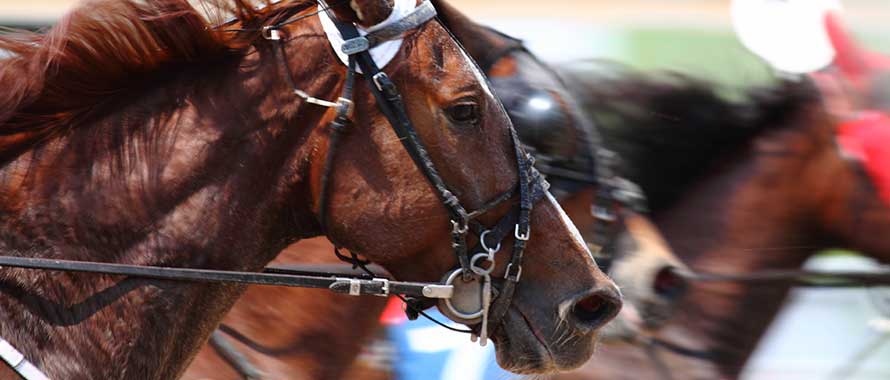This May, attendees from all over the globe will gather in Louisville, Kentucky for the most prestigious horseracing event in the world—the Kentucky Derby. While big hats and bigger bets are typically at the forefront of people’s minds, those who understand the Commercial Bloodstock industry know the most important part of this world-class race is the insurance behind it.
“Some of these horses can be valued at over $100 million dollars. Selecting proper coverage can be a complex and tricky process,” said Ken Rice, Underwriting Director, Atain Insurance Companies. “There is an endless list of factors that must be considered to properly determine the value of the horse, and then select the correct coverage.”
According to Rice and Emmanuel E. Manuelidis, Corporate Associate Vice President, Atain Insurance Companies, the single most important factor brokers and agents must look for in an insurer is expertise. “These are incredibly challenging policies that can differ dramatically depending on performance, health, and so on,” said Rice. “The knowledge to navigate through your options is critical.”
ASSESSING VALUE
The primary use of the animal plays a large factor in determining its worth. Typically a family horse is valued around $3,000 to $5,000. These are the hardest animals to assess since their value tends to be largely sentimental to their owners.
The value of a horse used for businesses purposes is directly related to the income that the animal is responsible for drawing in. Rice stated for example, that a New York carriage driver’s business directly relies on his horse’s health. So if that driver’s income is $50,000, then it is a fair assessment to say that the horse is worth $50,000. That policy will need to ensure that the business owner will be able to replace his horse in a timely manner to mitigate any loss of income should his animal die or become unable to work.
Finally, there are show horses, such as those seen in the prestigious Kentucky Derby. “Most of these horses only race for a very limited number of years,” said Rice. In fact, according to both Rice and Manuelidis most horses only compete in these events until they can prove a positive track record. After that is done, their owners use them for breeding purposes.
“That’s where the real value comes in,” said Rice. “The horses with the highest worth are the ones that are put out to stud.”
“Stud” is a common term in the Bloodstock world referring to the selective breeding of elite horses, such as those with winning race records. For example, American Pharaoh, the horse that won the American Triple Crown and the Breeders’ Cup Classic in 2015, is anticipated to have a $6.3 million dollar net income per annum according to Blood Horse. That’s $25M over a four-year period.
“From the owner’s perspective, the risk is in making sure that the animal is insured to value,” said Manuelidis. “But that value fluctuates depending on performance, and that is where industry experience and expertise comes in to play.”
A QUESTION OF HEALTH
Many of these policies are similar to life insurance for human beings and also provide some coverage for necessary medical treatment, according to Manuelidis. “Horses are very sensitive animals. Commercial Bloodstock insurance must take the health of the animal into account when preparing the policy, and this requires a deep understanding of horses and veterinary assistance.”
According to Rice, however, one of the trends the industry is seeing as a whole is the rise in cost for treatment when an animal becomes sick. “We’re seeing the same trend as human health insurance. It’s getting more and more expensive to treat and heal these animals. This can mean higher deductibles and co-payments on medical treatment.”
As onlookers make their way to Churchill Downs this May, an army of professionals will be behind the scenes making sure that horse owners’ investments are protected. Brokers and agents must seek insurers who are steeped in the world of Commercial Bloodstock and understand the industry, trends and policies. Most importantly, however, they need to understand the animals themselves.
In the end, one thing remains true for both attendees and owners—the Kentucky Derby is risky business.




